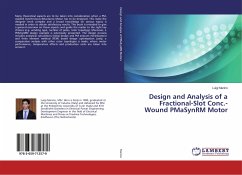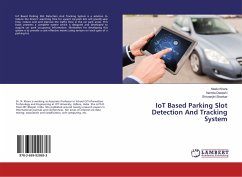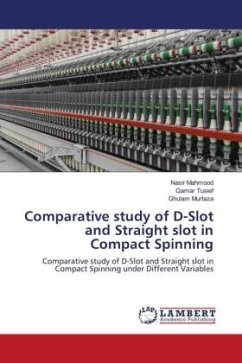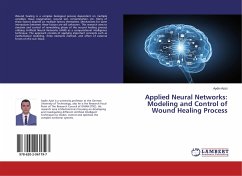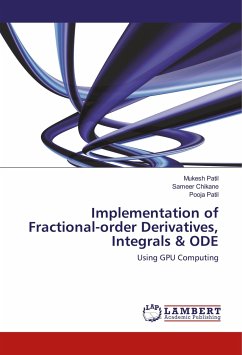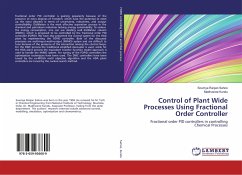Many theoretical aspects are to be taken into consideration when a PM-assisted Synchronous Reluctance Motor has to be designed. This make the designer work complex and a broad knowledge on various topics is needed in order to obtain satisfactory results. This book is intended to give a general overview on those aspects and guide the reader to the right key choices (e.g. winding type, number of poles, rotor topology). Moreover, a PMaSynRM design example is extensively presented. The design process includes analytical calculations (initial design and PM amount minimization) and finite element method (FEM) based design optimization. Lastly, a comparative analysis with other rotor topologies is made, where motor performance, temperature effects and production costs are taken into account.
Bitte wählen Sie Ihr Anliegen aus.
Rechnungen
Retourenschein anfordern
Bestellstatus
Storno

